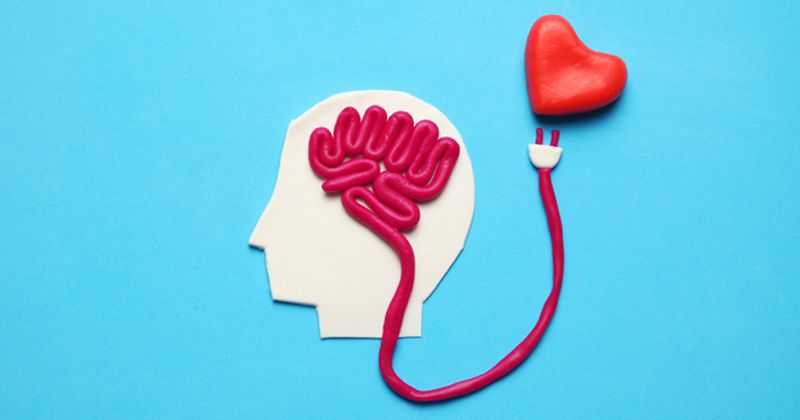Milvexian appears safe for secondary prevention of stroke
In the AXIOMATIC-SSP trial, milvexian, a novel factor XIa inhibitor, was protective against ischemic stroke with no increased risk for intracranial hemorrhage compared with placebo in patients requiring secondary prevention.
“Milvexian ... has the potential to reduce stroke without an increase in intracranial hemorrhage,” Mukul Sharma, MD, MSc, deputy director of clinical affairs and health policy, director of regional stroke program in the Canadian Stroke Network and assistant professor of medicine in the department of neurology at University of Ottawa in Ontario, Canada, said during a press conference at the European Society of Cardiology Congress. “If we think about the type of hemorrhages that occur in the setting of antithrombotics, the one type that is most comparable to ischemic stroke is hemorrhagic ... Compared to placebo, all doses of milvexian had a lower risk of having a symptomatic ischemic stroke, apart from the 200 mg [twice daily] dose arm. We did not see a dose relationship between the dose of milvexian and intercranial hemorrhage.”

Milvexian (Bristol Myers Squibb/Janssen) was previously tested in the phase 2 AXIOMATIC-TKR trial, published in The New England Journal of Medicine, for the prevention of venous thromboembolism after knee arthroplasty compared with enoxaparin.
As Healio previously reported, oral milvexian effectively prevented venous thromboembolism and was associated with a low rate of bleeding following knee arthroplasty.
For the phase 2 AXIOMATIC-SSP trial, researchers tested the dose-response relationship of milvexian for the secondary prevention of stroke, with the primary outcome being symptomatic ischemic stroke and covert brain infarction. Covert infarcts were identified by comparing baseline and 90-day MRIs.
Sharma and colleagues enrolled 2,295 patients with acute stroke or transient ischemic attack who, within 48 hours of symptom onset and MRI, were randomly assigned to placebo, once-daily milvexian 25 mg or twice-daily milvexian 25 mg, 50 mg, 100 mg or 200 mg.
All participants received the same background therapy of 21-day dual antiplatelet therapy (clopidogrel 75 mg and aspirin 100 mg) followed by aspirin monotherapy out to 90 days.
For twice-daily milvexian 25 mg, 50 mg and 100 mg, researchers observed an approximately 30% relative risk reduction for symptomatic ischemic stroke compared with placebo; however, no dose response was observed:
- 25 mg twice daily (RR = 0.69; 95% CI, 0.36-1.3);
- 50 mg twice daily (RR = 0.72; 95% CI, 0.39-1.33); and
- 100 mg twice daily (RR = 0.65; 95% CI, 0.33-1.25).
The risk reduction was lesser for patients assigned to milvexian 25 mg once daily compared with placebo (RR = 0.83; 95% CI, 0.46-1.49) and researchers reported an increased risk for stroke within the 200 mg twice daily group (RR = 1.4; 95% CI, 0.87-2.25).
Sharma and colleagues observed no increase in fatal bleeding or covert brain infarction associated with milvexian compared with placebo.
“The primary endpoint [of AXIOMATIC-SSP trial] did not achieve significance because covert infarcts weren’t affected by factor XI inhibition,” Sharma said during the press conference. “However, the important endpoint of symptomatic ischemic stroke was affected. Based on this signal of efficacy for symptomatic ischemic stroke with a [safe] fatal bleeding profile, milvexian will be studied further in phase 3 trials.”


